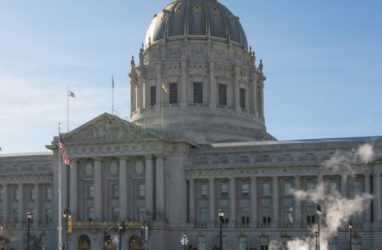Local Government Retirement Plans Trends
While many local governments have supplemental savings plans, there are few incentives for employees to enroll in them. At the same time, fiscal pressures have prompted many local governments to reduce retirement benefits for new hires.
A recent study by the Center for State and Local Government Excellence entitled, “MissionSquare Research Institute,” explores the reasons behind the slow adoption rate among public sector professionals.
The study found four main reasons local governments have been slow to adopt automatic enrollment practices:
- Legal constraints. Only 11 states permit automatic enrollment for public defined contribution plans. In a few places, an exemption to anti-garnishment laws has been written into statute for a particular retirement system or plan.
- Perception. Government leaders worry that automatic enrollment in a supplemental savings plan might overburden their employees, especially those who earn modest wages.
- Labor questions. There is debate in the labor community about whether or not automatic enrollment should be supported.
- Administrative challenges. Multiple record keepers.
One way to improve adoption involves working with employees and focusing on education.





